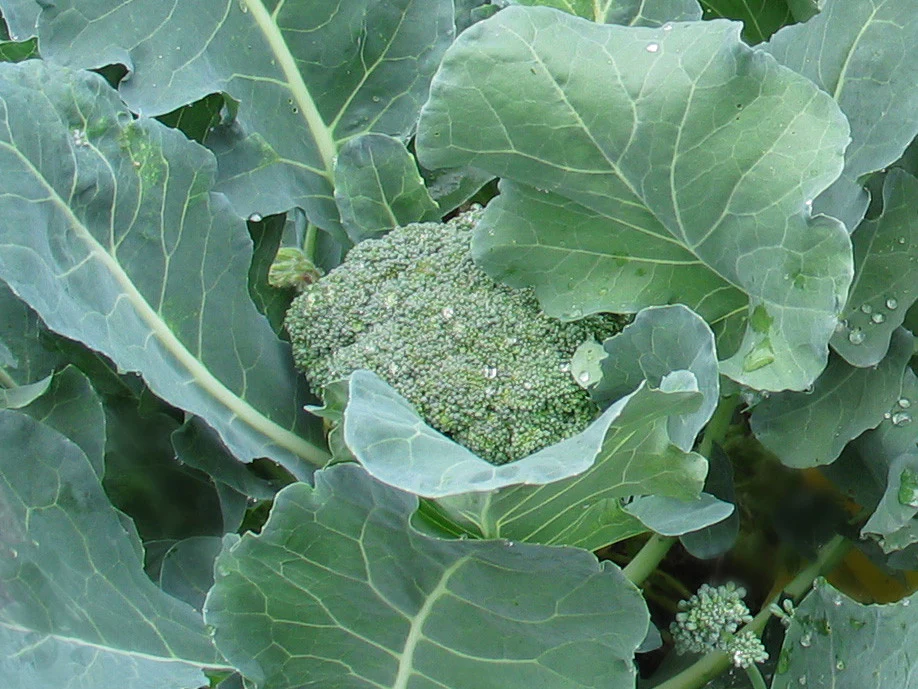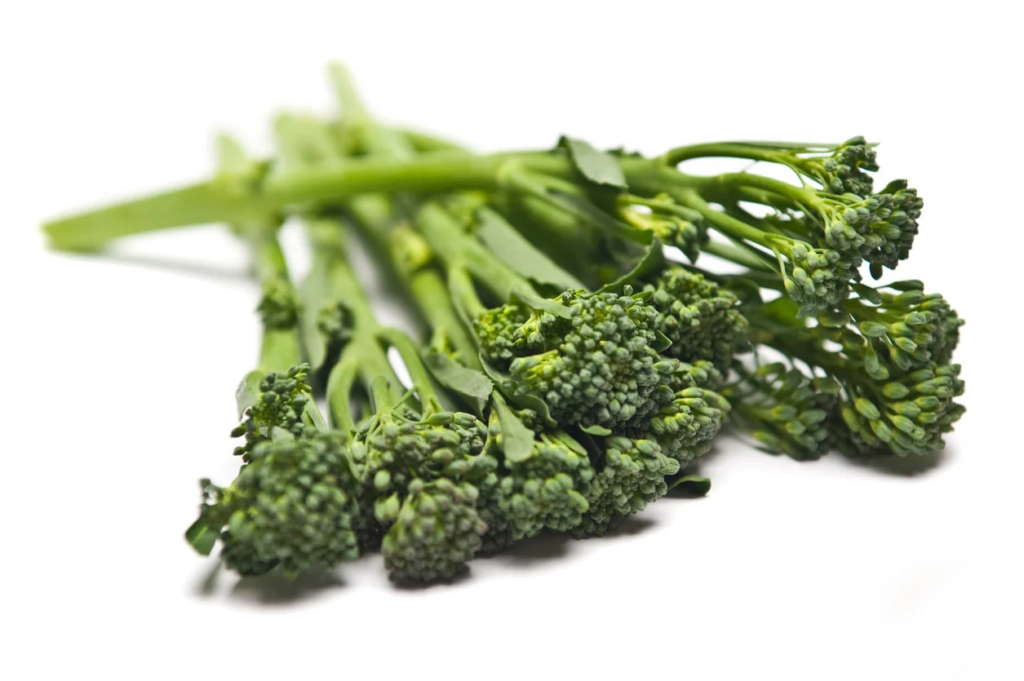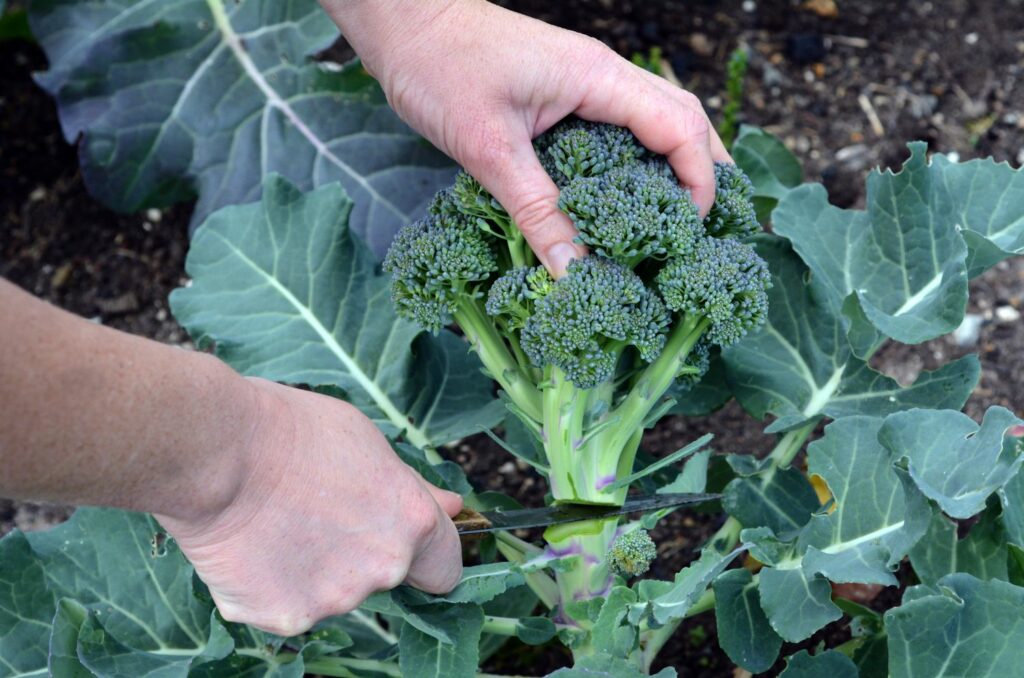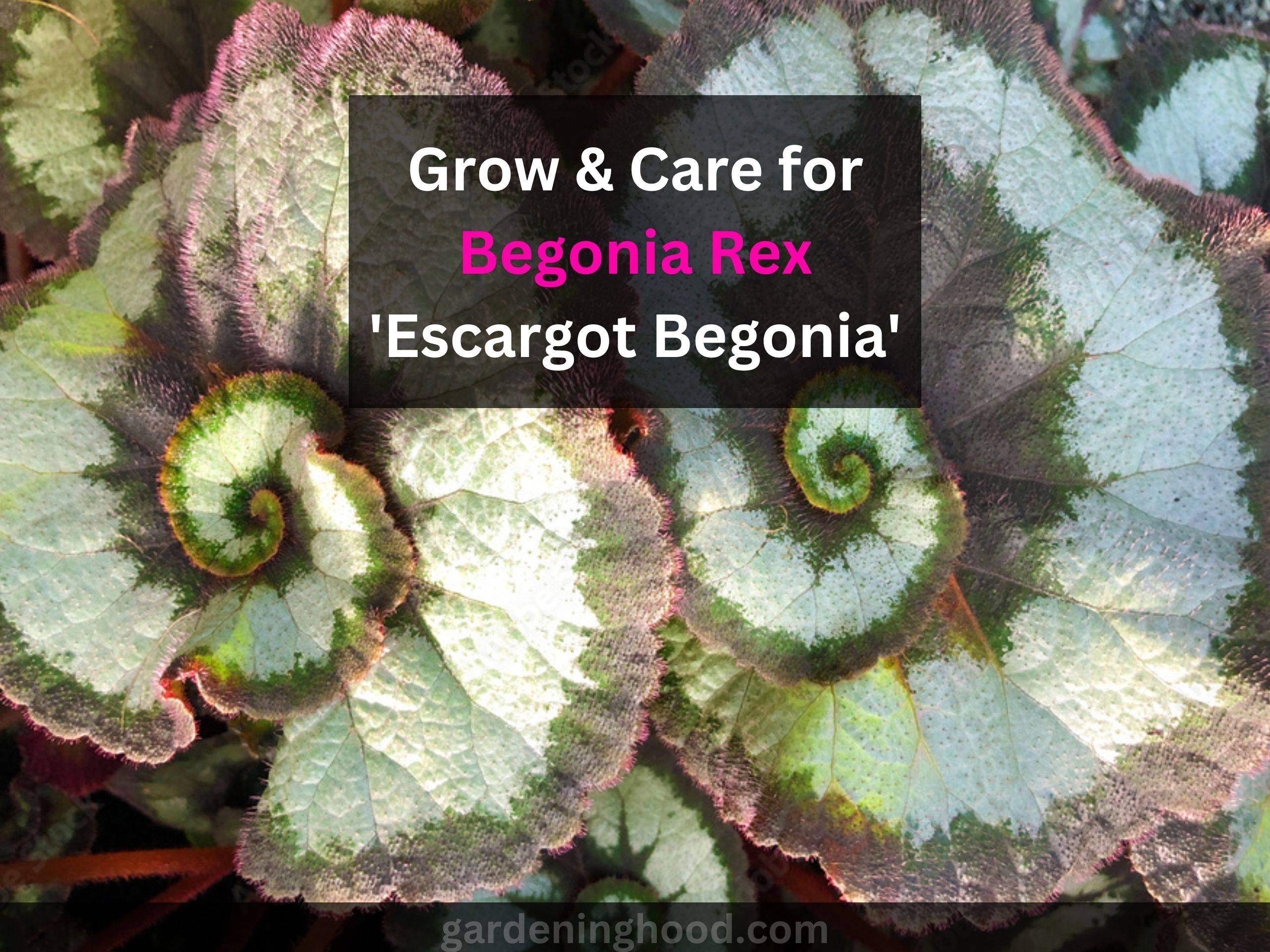What Is Broccoli Di Ciccio? – Plant and Care for Di Ciccio Broccoli
What a vibe, man! Have you added Broccoli Di Ciccio to your garden? If yes, then no doubt you are doing great, but if not, then I recommend growing this amazing variety.
You must have filled the garden area with so many vegetables and fruits but not Broccoli Di Ciccio. Now it’s time to add it to your garden. So, what are you waiting for? Let’s start to grow them.
Here, I have explained some tips and hacks that will help you grow Broccoli Di Ciccio with a high success rate of fruits. So, start reading and come to know about the amazing variety that can be easily grown in your area with the help of this guide.
All about Broccoli Di Ciccio
What Is Broccoli Di Ciccio? Broccoli is a must-have for growers in every climate. It is a biennial that is most usually cultivated as an annual. Broccoli is a member of the cabbage family, therefore it’s not unexpected that it was developed from a cabbage plant centuries ago.
It’s now one of the most important vegetables in the United States, and it’s cultivated in practically every state, with California producing the most. Broccoli comes in a variety of sizes and shapes, but virtually all are greenish-blue in color with an uncommon purplish-green crown and have heads that are 3–6 inches in diameter when mature.
You can also know about the Planting and Caring tips for this plant in this article just the way you come to know about the Sichuan Pepper plant.
Quick takeaways:
- Broccoli Di Ciccio is a robust, light-green plant that dates back to 1890 in Italy.
- This type develops a 3 to 4″ bluish-green center head with several medium-sized side branches for a longer harvest, and while not uniform at maturity, it is the finest tasting.
- It is best planted in the spring or fall. It’s a sweet-tasting type that freezes well and is popular in Italian cuisine.
- Plant in the spring or winter (keeping a warm environment), as it is well-suited to warm temperatures.
- Broccoli Di Ciccio is an ancient variety from Italy that is tiny to medium in size and has long, narrow stems.
- Each plant makes a central head as well as offshoots with smaller heads, which you may pick one at a time to ensure a continual yield from your broccoli Di Ciccio plants.
Broccoli Di Ciccio is an ancient variety from Italy that is tiny to medium in size and has long, narrow stems. Each plant makes a central head as well as offshoots with smaller heads, which you may pick one at a time to ensure a continual yield from your broccoli Di Ciccio plants.
This type of broccoli has a gentle, sweet, and delicious flavor. It may be consumed raw or cooked in the same way as other broccoli varieties. The tiny florets are considerably sweeter and more tender and should be eaten uncooked. The plant’s baby leaves can be eaten like kale.
Growing Broccoli Di Ciccio:
Start your seeds inside 6 to 8 weeks before the latest frost date if you’re planting in the spring. Because the period to develop for this type can be long and variable, up to 100 days, it’s best to start inside to maximize the season of growth and avoid your plants fleeing when it becomes hot.
In regions with mild winters, you may also put seeds straight into the ground in late summer for an autumn crop.
Climate:
Prefers milder areas with temperatures between 60 and 65 degrees Fahrenheit. Start in the springtime for a summer crop or late summer for an autumn harvest in locations with cold winters. In warmer climates, sow seeds in the fall for wintertime or early spring crop.
If you sow seeds too soon in the fall or too late in the spring, the plants will not develop in time for the summer heat, which will impede head growth.

Light:
Natural- The sun is shining brightly. Will grow in part-shade.
Artificial- While Producing Broccoli Indoors Is Not Suggested, If you do Start your Plants Indoors, Make sure they Get Enough Light: Around 8–10 Hours Each Day.
Most Indoor Lighting Systems, Such As Hid Or Fluorescent, Are Adequate, But Be Sure To Provide Enough Distance Between The Lamp And The Plants To Prevent Burning.
Medium of Development:
Soil- Prefers A Loamy To Sandy Soil With High Organic Matter Content. Plants Will Be Healthy And Fed If The Ph Is Between 6.0 And 7.0.
Soilless- Use A Soilless Combination Of Perlite, Well-Rotted Compost, And/Or Coco Coir To Start Seeds Or Grow Pot Plants.
Hydroponics- Will Grow Well In A Hydroponic System.
Aeroponics- Will Do Well In An Aeroponic System.

Caring for Broccoli Di Ciccio
All species of broccoli plants demand healthy, well-drained soil. If required, add compost to your soil and make sure there won’t be any standing water. They also require a lot of space between plants, roughly two feet (61 cm) between plants to allow for ventilation and to avoid disease and decay.
Use fertilizer in addition to manure, as broccoli consumes a lot of nutrients. Plant your seedlings or seeds in the garden in a bright position, though Di Ciccio will take some shade. To retain the soil moisture during the season of growth, water the plants regularly.
Broccoli Di Ciccio plants provide a constant crop of offshoots that mature at various periods. As the heads develop, clip them at the stem approximately six inches (15 cm) below the head as needed.
Water: Water is required in low to moderate amounts. depending on natural precipitation, aim for 1–1.5 inches of water every week. keep the soil moist but not wet, and don’t overwater! If you’re growing outside, drip irrigation is the best option.
Nutritional requirements: Moderate to high nutrient requirements. a normal, balanced fertilizer might be beneficial to young plants roughly 3 weeks after transplanting, however, it is not required.
As the creation of the head begins, reduce or cease feeding. If your soil is exceptionally acidic, boost the pH using lime and calcium.
For more such plant-related articles, you may also read, What Are Helianthemum Sunrose? How to Grow and Care for Helianthemum Plants?
Foliar: Based on your soil conditions, plants may profit from foliar sprays comprising boron, calcium, magnesium, manganese, molybdenum, and/or copper. Broccoli will benefit from a monthly liquid seaweed feeding as well.
Pruning: Harvesting heads at the proper time will ensure that your plants continue to produce side shoots for a longer period.
How to Plant Broccoli?
Planting broccoli with the decision, but he should be aware of it. If you know how to plant, broccoli then it’s awesome but if not then you should be aware of it.
Below are the steps that will help you in knowing how to plant broccoli. They are as follows:
- You should plant to plant broccoli at the time of spring as the atmosphere is amazing at that time.
- You have to plant the seeds indoors before the last frost.
- The plant will become mature within 100 days.
- So you have to plan them indoors so that the heat does not bolt the plants.
- Or they can be directly sorted in the ground at the time of late summer.
Harvesting broccoli plants
Do you know when to harvest the broccoli plants? If yes then it’s great but if not then you should be aware of it. Broccoli plants will be ready to harvest early as compared to other plans. You can harvest them 2 to 3 times for at least three months. it will produce a large center head, and the head includes 5 to 6 inches of stalk.
When you cut the heads, they will have smaller sides of heads for various weeks. So this plant is ready to harvest when these heads are in small size and they are tight and firm.
Also if you observe any flower birds, you have to cut them when the yellow-coloured flowers bloom in the broccoli, then it is not a good sign as the broccoli taste becomes bitter.

About the article
Broccoli Di Ciccio is an ancient variety from Italy that is tiny to medium in size and has long, narrow stems. Each plant makes a central head as well as offshoots with smaller heads, which you may pick one at a time to ensure a continual yield from your broccoli Di Ciccio plants. In this article, we discussed Di Ciccio Broccoli. We also discussed how to grow and care for Di Ciccio Broccoli.
Thanks for reading! Happy Gardening!


